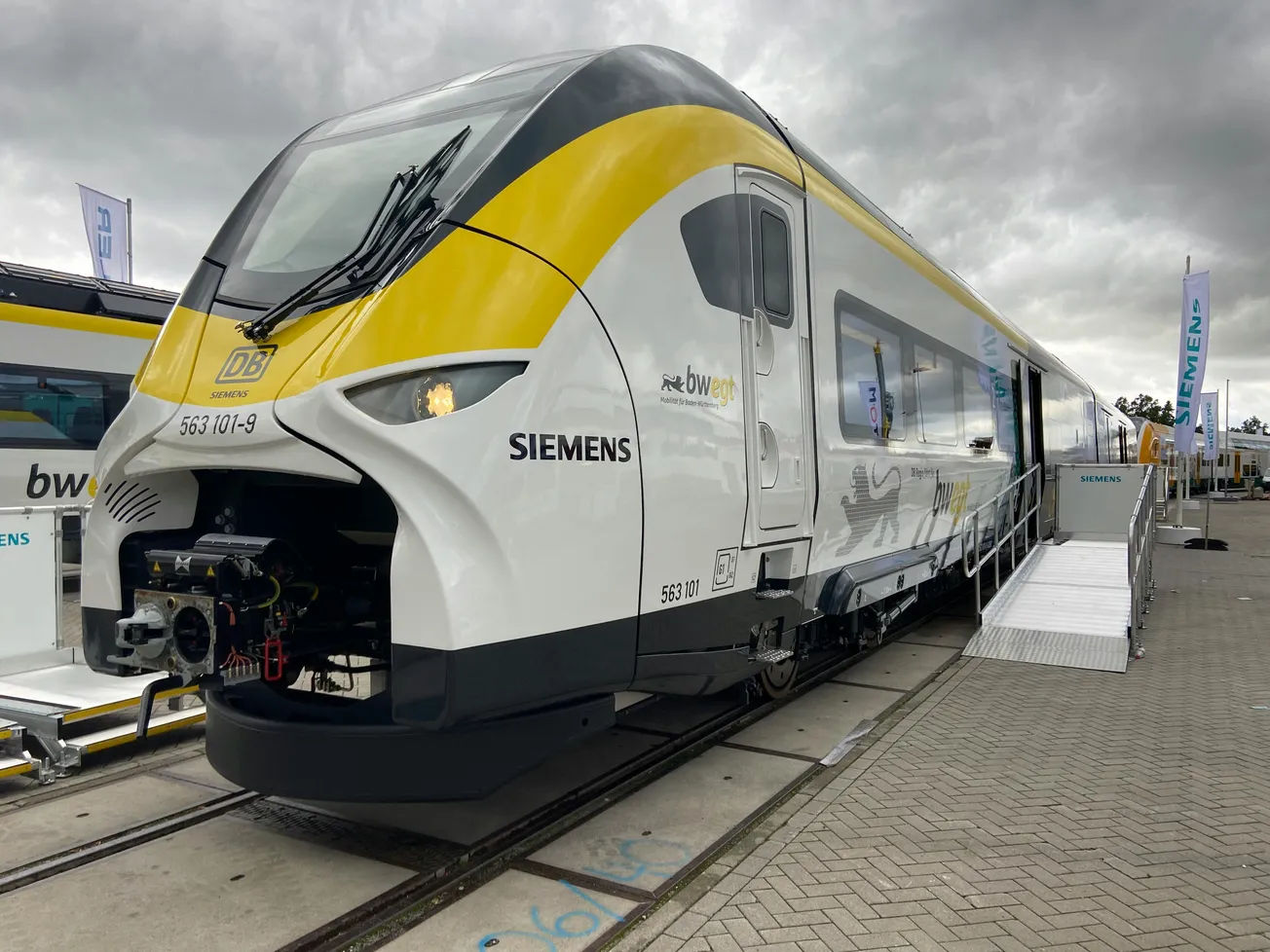Digital transformation in retail logistics is often framed as a technology challenge—but the real driver is people. In a recent episode of "Thoughts and Coffee", host Sarah Barnes-Humphrey and trade expert Audrey Ross unpack how major retailers like Walmart are leading with people-first strategies in a fulfillment-first world.
People Power in the Digital Shift
Digital transformation is 20% technology, 80% people, Ross said.
From Walmart’s dark stores to e-commerce fulfillment models, innovation depends on how teams adapt, not just what tools are used. These dark stores—retail spaces turned fulfillment hubs—have helped Walmart reach e-commerce profitability, proving that real estate, team structure, and customer behavior must align.
Market Trends and Trade Compliance
Ross also shared global logistics insights. Shipping disruptions continue due to Red Sea tensions, forcing reroutes around Africa. Tariffs are top-of-mind, but peak season demand remains strong, with stable pricing.
The Gemini Alliance's hub-and-spoke model is shifting how vessels are used, while retailers watch how Chinese New Year impacts supply chains.
Convenience, Cost, and the Final Mile
The conversation also tackled final-mile trends. Amazon’s $1 return fee at UPS drop-offs sparked discussion around the value of time and perceived convenience. Customers are increasingly willing to pay for faster, simpler experiences—even small fees—for efficiency.
Case Study: Collectibles Transformation
A case study involving a collectibles company highlighted the impact of people-led transformation.
Faced with rising demand, the company focused on workflow redesign, training, and team empowerment. The result is better performance and greater ownership of outcomes.









